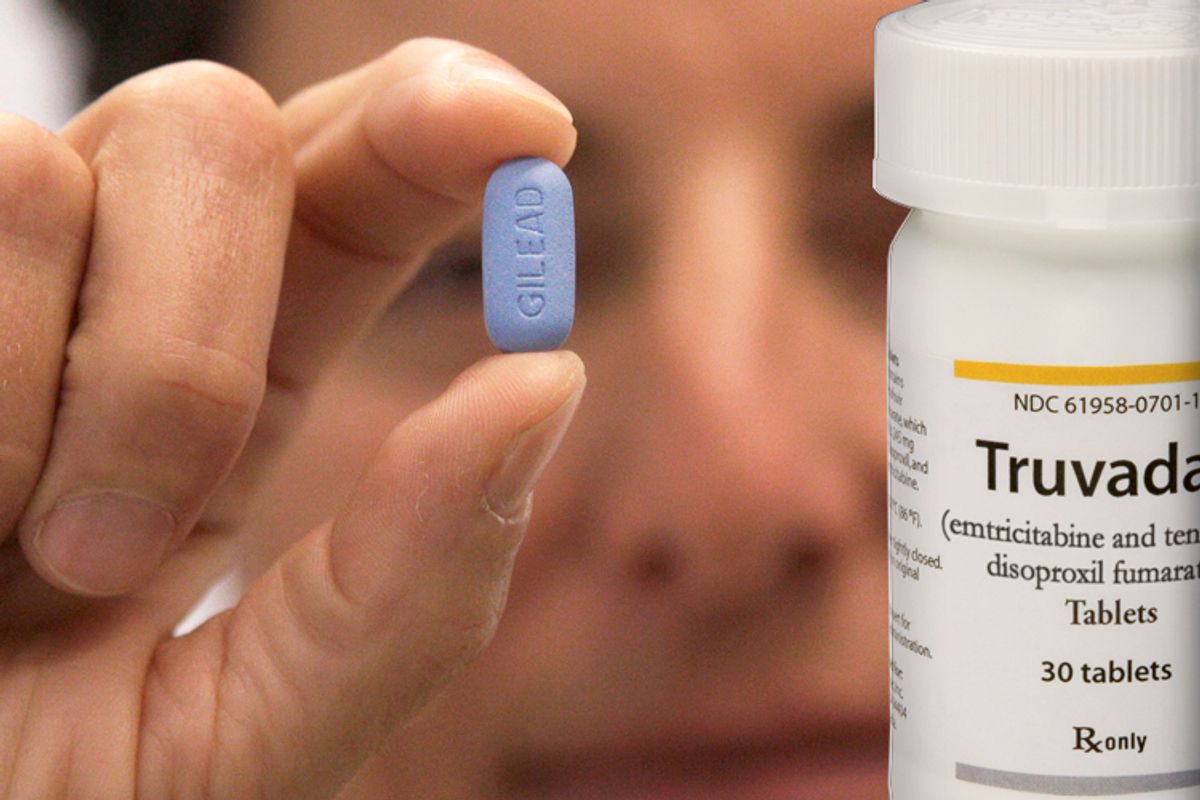In the past few decades, HIV has gone from being a fatal diagnosis to a manageable disease. Although no known cure exists, researchers have developed antiretroviral therapies (ARTs) that stop the HIV virus’ ability to make copies of itself in the body. Effectively, this means that individuals with HIV who consistently comply with the regimen can keep their infection under control and live a long life.
ART takes a multi-pronged approach to combating HIV – patients often have to take at least three different drugs daily to suppress their infection. With that regime comes a host of challenges, like lifelong adherence to daily medication, the cost of drugs and regular checkups, and drug resistance, to name a few.
In a paper published this year, ViiV Healthcare, a pharmaceutical company specializing in HIV therapy development, showed that another, more streamlined treatment method might be on the horizon. The LATTE-2 study combined two drugs into an injectable therapy that could be delivered to patients every eight weeks – and found it to be as effective as a daily oral treatment.
A long-acting therapy would be an exciting and momentous shift in the landscape of HIV treatment. Compared to daily oral treatments, it could improve medication adherence and ease the psychological burden of taking HIV drugs and disclosing HIV status. But getting the therapy from exciting idea to viable product is likely to be pricey, so it’s crucial to work in the meantime toward improving HIV diagnosis rates and overall treatment accessibility.
In 2016, the World Health Organization released a report highlighting that over 40 percent of people living with HIV do not know they are infected. This is thanks to a long-term latent stage of HIV infection, during which the virus slowly multiplies and individuals can display very mild symptoms, or none at all. If people are unaware of their positive status, they can continue to transmit the virus to others; between 2010 and 2015, the number of new HIV infections per year dropped, but only from 2.2 million to 2.1 million. To overcome these statistics, more resources need to be invested into creating affordable and accessible HIV detection strategies, particularly for individuals facing financial and/or access-related barriers to testing and treatment.
It’s recommended that HIV-positive individuals begin treatment right away, but the reality of ART-related costs can be an insurmountable barrier. Because of the variety in medical coverage and insurance plans, many patients are unable to cover the cost of ART, which can range from several hundred to several thousand dollars per month. This high cost of treatment disproportionately burdens low-income patients and drives the disparity in rates of HIV that puts certain minority groups at a greater risk of infection.
Where does the LATTE-2′s drug combination fit into this complex picture? Currently, the study is in phase two of a three-phase clinical trial. It enlisted adults with HIV who, for 20 weeks, followed a current standard-of-care: a three-drug combination taken daily to prevent the HIV virus from multiplying. After 20 weeks, patients were split into three cohorts: one continued the oral therapy regime, while the other two were given an injectable combination of drugs every four weeks or eight weeks. For two years, each patient’s HIV levels were regularly measured and they were monitored for any adverse effects associated with the treatment. Incredibly, over 80 percent of patients in each group had low levels of HIV by the end of the study, with no significant differences between any of the treatments.
If the new regimen continues to demonstrate effectiveness, it can be put on the market as a branded drug to be used in patients with HIV. Along with other branded ART drugs, it’s likely to cost hundreds to thousands of dollars per year. Like many new drugs, this is done intentionally to offset the costs of years of research and production that brought the drug to market. But as a consequence, this fuels the divide between HIV treatments that exist and HIV treatments that are affordable. Until patents run out, allowing for generic drugs and resulting price reductions, it’s unlikely that the reality of actually accessing and affording HIV treatment will substantially change.
In the meantime, we are continuing to learn more about how HIV functions, how it infects the body, and how it can be treated. Ultimately, a better understanding of the disease will drive us towards an accessible and sustainable solution for people living with HIV all over the world.
Until that happens, more work needs to be done to prevent HIV, increase the ease of testing, and interface with policymakers on how to lower the cost of treatment. We have taken a step forward in developing HIV therapies, but are several steps behind in making sure they get to the individuals they intend to treat.




Shares